If
 Originally posted by Librarian
Originally posted by Librarian 
You need only one lens for museum photographs
For thirty years, mostly during the film era, I photographed and observed in museums. I took a few thousand images, many of them pretty grainy and dim, under various lighting, using pretty inflexible cameras, compared to now. (I might add, I knew very little about photography, except the basics, and probably too little of them.) But ... I did have a Nikon F3 and two lenses, the Nikkor 85mm f1.8 and the 35mm f1.4. Based on my old experiences, I have to contradict your plan. Your lens should be very fast (f2.8 is probably too slow), and wide. On a full-frame Nikon, the 35mm worked beautifully for me. (It was a fine lens, hated to trade it but I made the move to Pentax.) The comparable Pentax or Sigma would be my suggestion for museum work now. I strongly recommend against a tripod or monopod. Museums do not like them and may forbid them. Also they attract needless attention and take lots of time in the situation. My desire long ago was to work as quickly and privately as possible during a long day of observations and field notes; your work may be different and you may not have to juggle notebooks, camera, guidebook, and time limits.
If you're primarily photographing artwork and can't use a tripod, then just one fast lens is all you need. You can stick a second one in your pocket if it makes you feel better.
You need a fast lens even on a K-x/K-5 or newer; even more so on a K-7. Stick to a lower ISO if possible, because otherwise you can loose too much detail in the paintings. I employ SR and often take 2 or 3 shots of a painting, because one may come out sharper (less shake) than the others.
Never go slower than 1/13s on the shutter when using SR, regardless of the focal length of the lens, and each third stop faster on the shutter speed gives you a better chance of a relatively blur-free photo, as you go through the delicate juggling act between ISO and shutter speed trade-offs.
Make sure you've run tests ahead of time (in a museum if possible) so you know the limits for optimum ISO, lens aperture, and shutter speed with SR.
Many Sigmas need to be stopped down a bit to get decent IQ; for example, I'd be reluctant to use the Sigma wide II 24mm f/2.8 I had at anything wider than f/4, if even that.
I've used the A50/1.7, FA43, FA31, and FA*24 in museums. Overall I'd pick the FA*24 most of the time, shot at f/2.2 to f/2.8. The FA31 is too expensive and didn't give much benefit here, IIRC.
On a budget I'd pick the DA35/2.4, because you can shoot it wide open at f/2.4 (remember, it's really an f/2 lens in its original design, or the rough equivalent of many Sigma f/1.8 (or even maybe f/1.4s) when employed at a usable aperture.
So, I'd say a good setup would be: DA35/2.4, aperture at f/2.4 to f/2.8; shutter at 1/13 to 1/30s, SR on; K-7 at approx. ISO 1250, 1000, or lower (or whatever you find works better for you).
EDIT: I rarely refer to lens tests (preferring to looking at actual photos) but in this case it makes sense because you want to examine distortion and edge performance, amongst other things. Note how consistent the performance is - it ticks all the boxes in an impressive way, especially for the price - and deserves its high rating. Notice how there's minimal penalty for using the lens wide open - especially in sharpness at the edges - with only minor vignetting (which you can easily correct in PP):
http://www.photozone.de/pentax/598-pentax_35_24?start=1  Originally posted by Kozlok
Originally posted by Kozlok 
For stuff (ie not flat things like paintings or drawings) I like my Sigma 30/1.4. For flat work, it is terrible.
Now compare the Sigma 30/1.4 on the excellent K10D (I'm not sure the exact MTF numbers are comparable on different bodies, but the relationships sure are!):
http://www.photozone.de/pentax/145-sigma-af-30mm-f14-ex-dc-pentax-k-review--test-report?start=1
Last edited by DSims; 02-18-2014 at 04:35 PM.


 Similar Threads
Similar Threads 







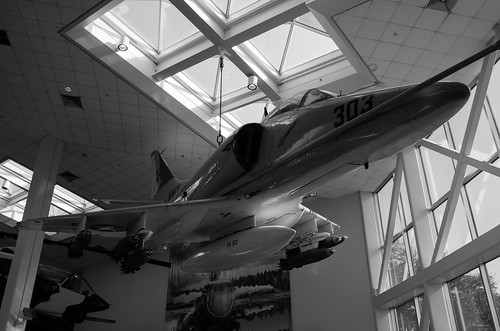
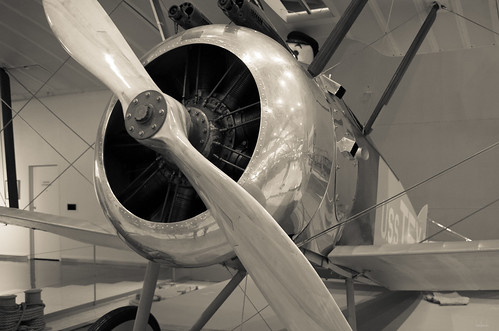

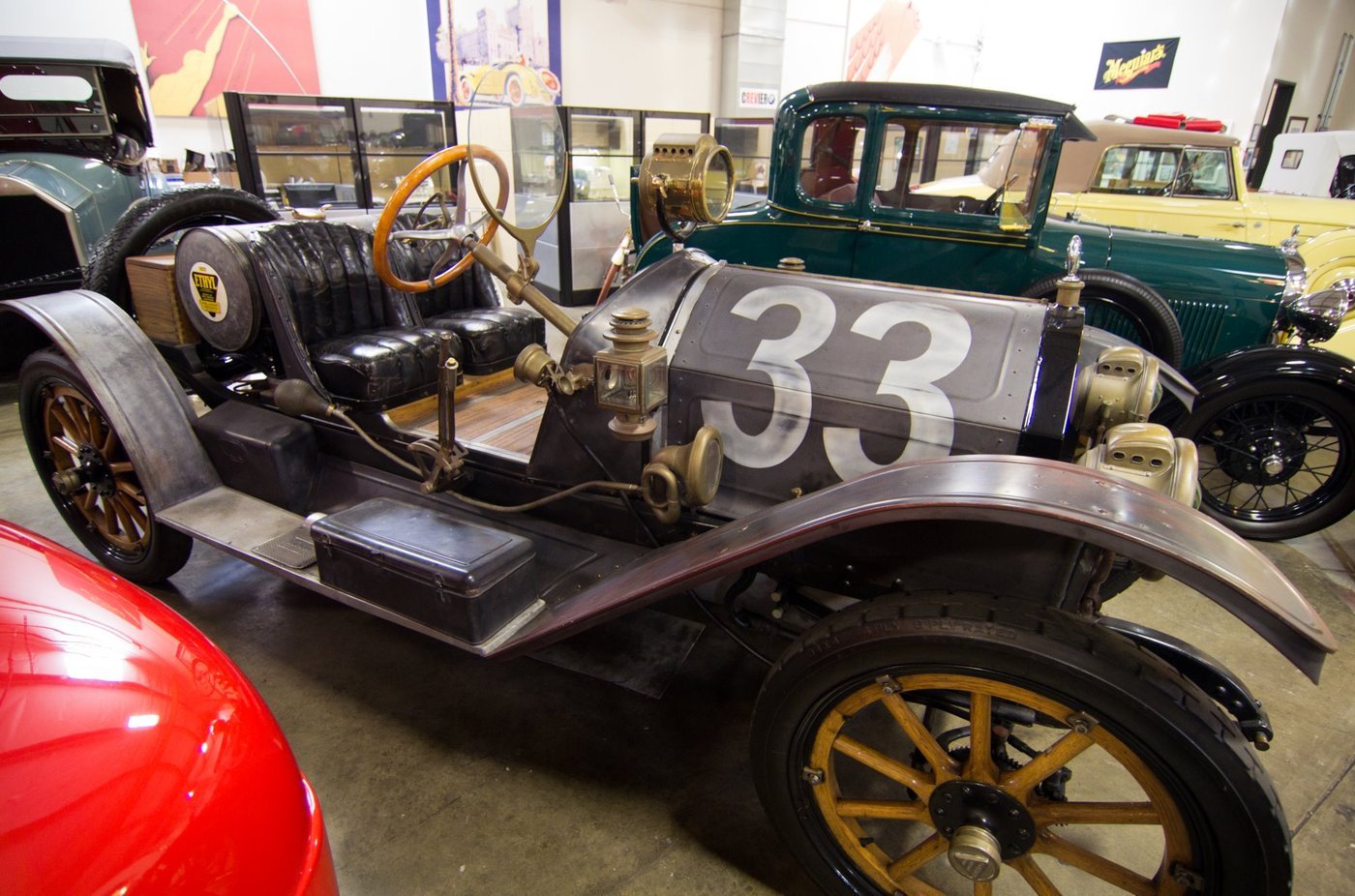
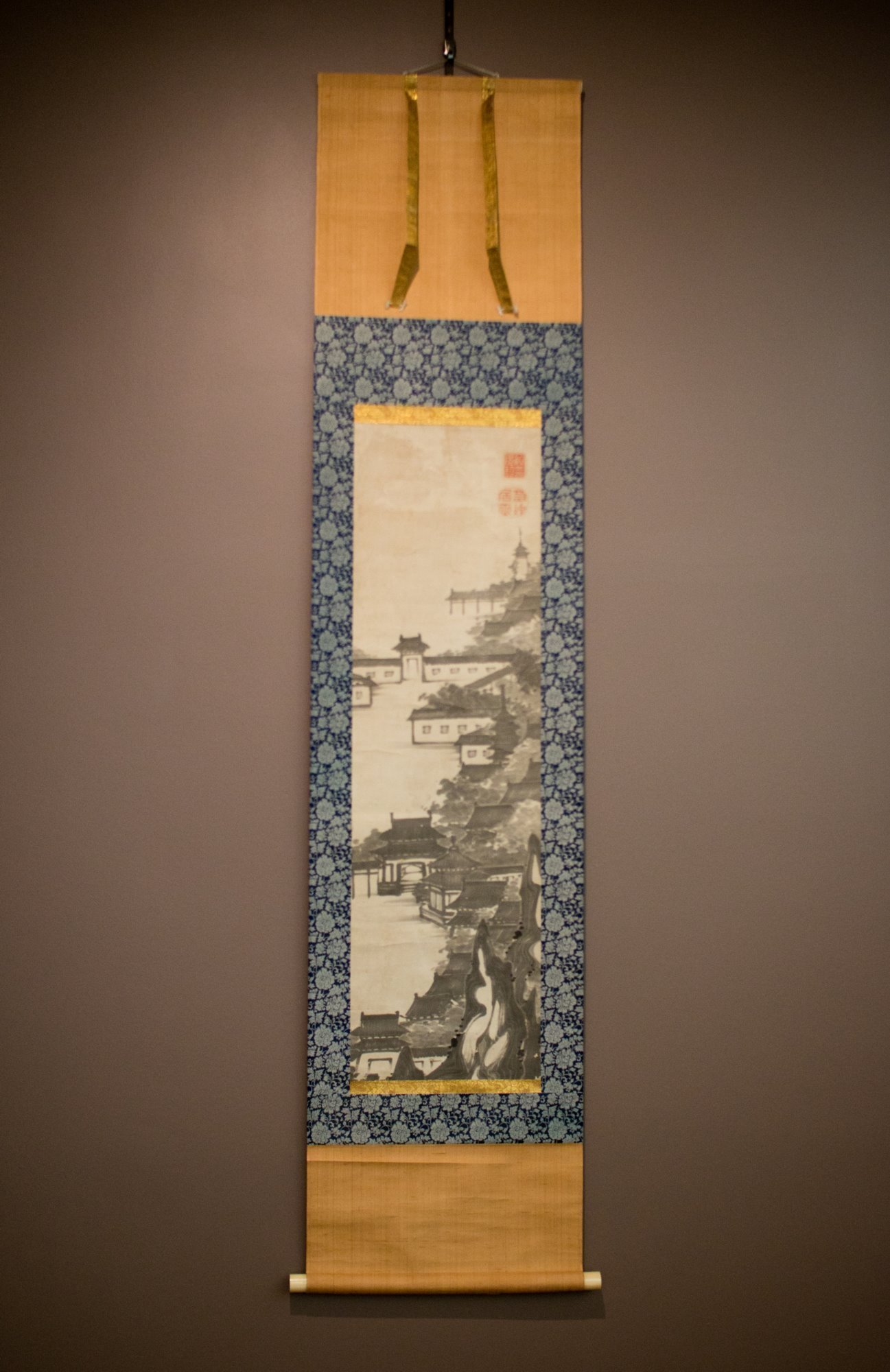
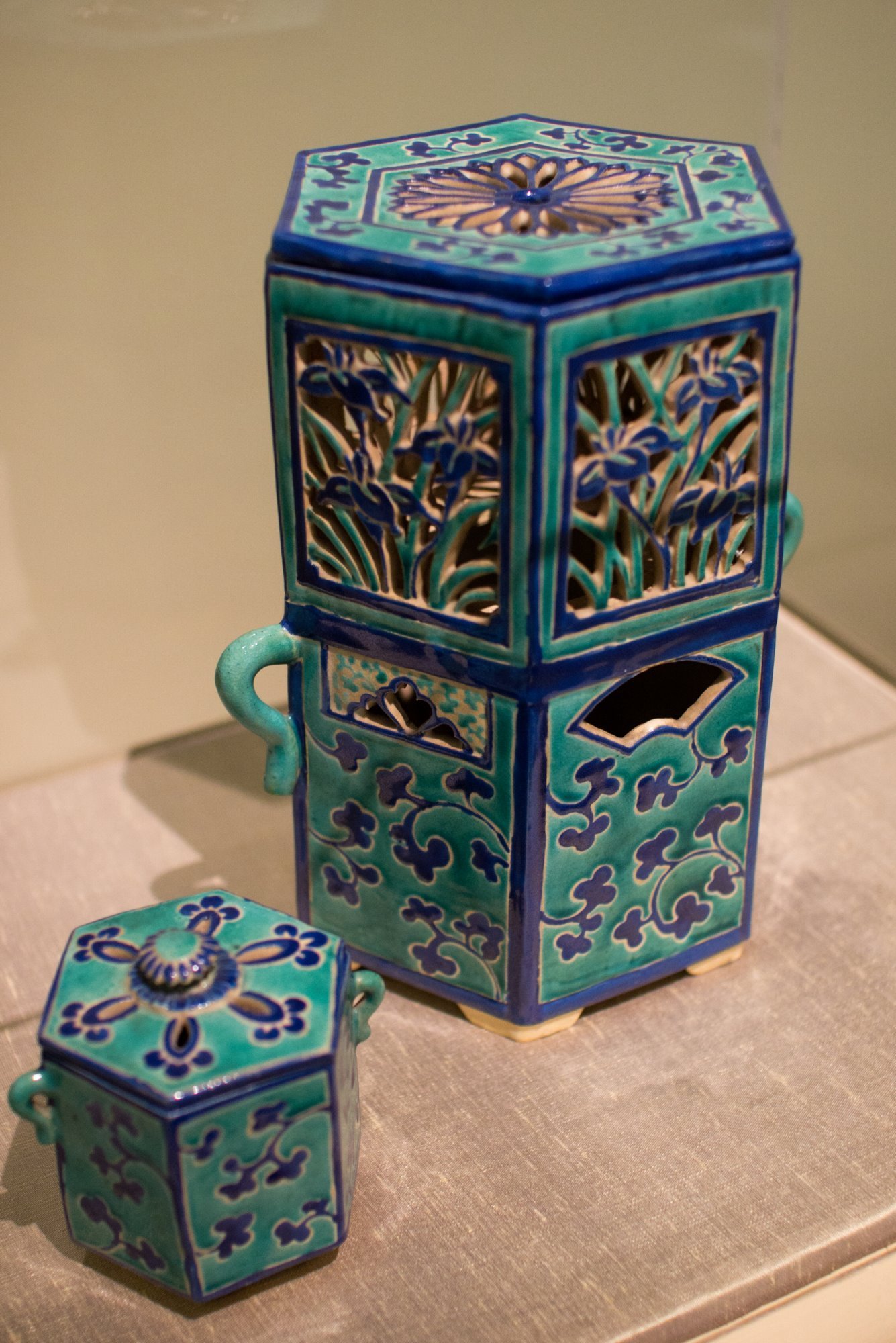





 Post #2 by TER-OR
Post #2 by TER-OR








